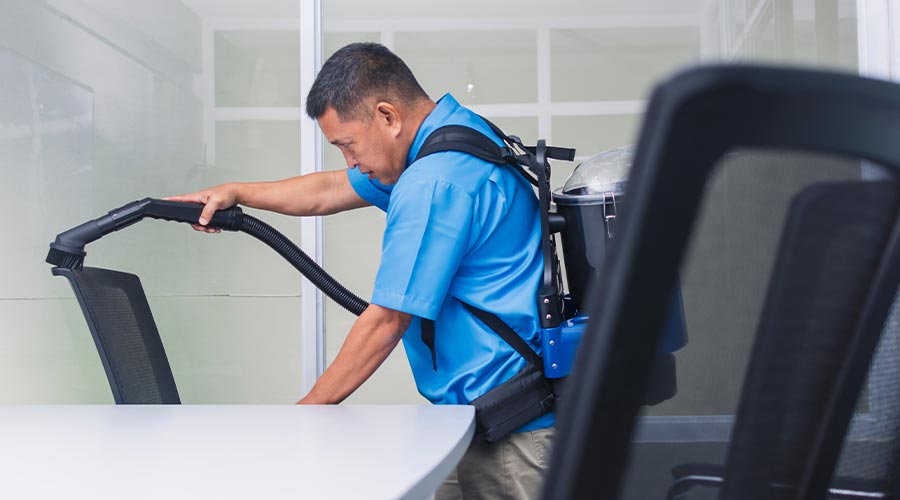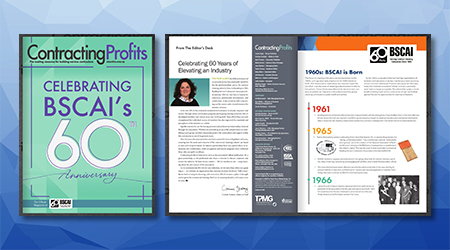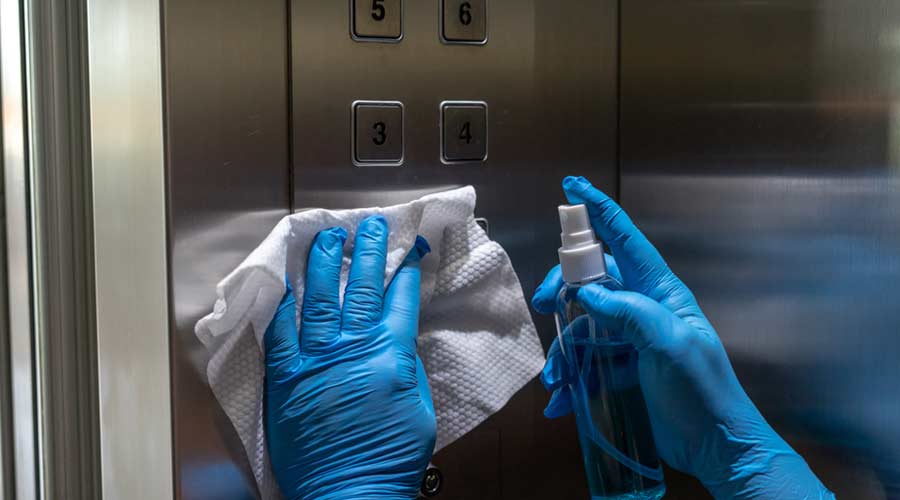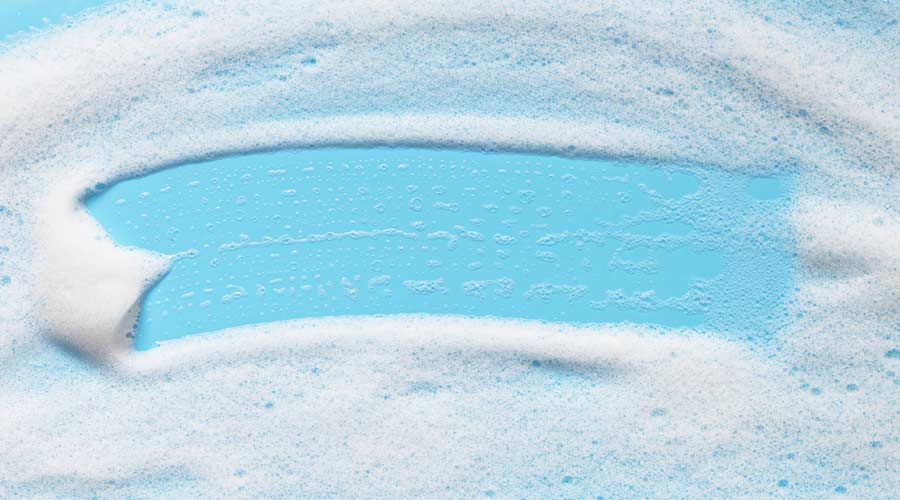
Outfitting cleaning teams with the right equipment is essential and goes hand-in-hand with proper training programs. For example, teaching staff proper donning and doffing backpack vacuums, how to move wands, and proper cord management can improve comfort and productivity. Ergonomics research conducted at Battelle Memorial Institute shows backpack vacuums may reduce worker strain and boost efficiency.
However, Rathey adds anytime employees must carry something on their back, weight is an issue. He recommends cleaning managers permit employees to trial the vacuums for comfort and ergonomic suitability.
“Fatigue and muscle strain are real concerns when using backpack vacuums, especially when the selection and use is done without involving the workers. Let your team members try before you buy, then work to discern whether any resistance is based on fighting change versus an actual physical issue,” he says.
Thompson agrees, noting workers who do not have a say in the purchase will be quick to complain that the vacuums are “too heavy, too bulky, and knock things off of surfaces and walls.”
A perceptual challenge may also stem from team members hoisting those vacuums onto their backs from the floor.
“When employees pick vacuums up off the floor, they immediately have the perception that they are heavy,” says Thompson. “Ideally, a backpack should be stored at counter level.”
Experts agree that most weight complaints can be attributed to inappropriate fit and use. Workers often do not know how to adjust these vacuums to fit, so the weight of the vacuum rests on their hips rather than their back and shoulders.
Rathey recommends teaching workers to adjust the backpack vacuum fit themselves. Have them watch the manufacturer’s videos, then provide additional backpack vacuum training.
“Secure the padded waist belt to rest the weight on the hips. Adjust the shoulder straps so they are slightly loose and comfortable. Secure them from slipping off the shoulders using a sternum strap across the chest,” he says.
Following proper fitting, workers need training on backpack use. They also should only carry essential tools (e.g., crevice tool, small round brush) on waist belt loops.
“Use a side-to-side mopping motion, while walking forward or backward, using overlapping strokes to cover the maximum area without rushing or straining,” Rathey says. “Slow is better than fast. I’ve seen people with backpacks where the wand hasn’t even touched the floor. They are swinging it left and right so quickly that it misses the floor entirely.”
Cleaners also must be trained to make enough passes over the carpet to clean it. The more passes, the better.
“Many times, they will run a backpack over the carpet quickly and say they cleaned the carpet,” Thompson says. “No, you picked up litter off the top of the carpet.”
Workers also need to know how to use a corded machine, whether it’s a corded backpack vacuum or a corded upright.
“Train the team to work away from the plug, not towards it,” Thompson says. “When you work towards the plug, you are going to get tangled up in the cord. When finished, unplug the machine and roll the cord up from the machine to the end of the cord. If they do not do this, the cord will flip and twist.”
Maintaining Machines
When evaluating equipment, cleaning managers would be remiss to overlook upgrades in filtration. Whether than focus on a specific filter type, experts recommend evaluating the vacuums filtration system and how it works as a whole. Also train staff to check, clean and replace filters regularly so as not to minimize airflow.
“You will lose the ability to pick up dust if the air filters are not operating efficiently,” Rathey says.
Thompson adds that maintenance budgets should include the cost of replacing filters and bags, when present. Bags should never be over half-full.
“People using backpacks on the job are using them for maybe four to six hours a day,” he says. “If the bags are full and the filter is clogged, it will reduce the amount of airflow and increase the time it takes the employee to vacuum.”
He stresses the importance of following manufacturer recommendations when it comes to maintaining and replacing filters and bags. Proper maintenance of vacuums will mean less wear and tear on motors, which leads to less equipment downtime. It will also mean better soil removal, which is the ultimate goal.
Cleaning teams should measure what’s coming out of the vacuum with a particle counter. Ideally, zero particles will be emitted, which proves the vacuum is doing what it is intended to do.
“If your vacuum is cleaning and not polluting, you will end up with a healthier indoor environment,” says Thompson. “Better indoor air quality can prevent a whole range of illnesses, and our ultimate goal should be to clean for health.”
Ronnie Wendt is a freelance writer and owner of In Good Company Communications in Waukesha, Wisconsin.
Lighter, More Powerful Vacuums are Impacting the Cleaning Industry

 Celebrating BSCAI's 60th Anniversary eBook
Celebrating BSCAI's 60th Anniversary eBook The Down and Dirty on Cleaning in Virus Season
The Down and Dirty on Cleaning in Virus Season How Surfactant Use is Expanding in Commercial Cleaning
How Surfactant Use is Expanding in Commercial Cleaning